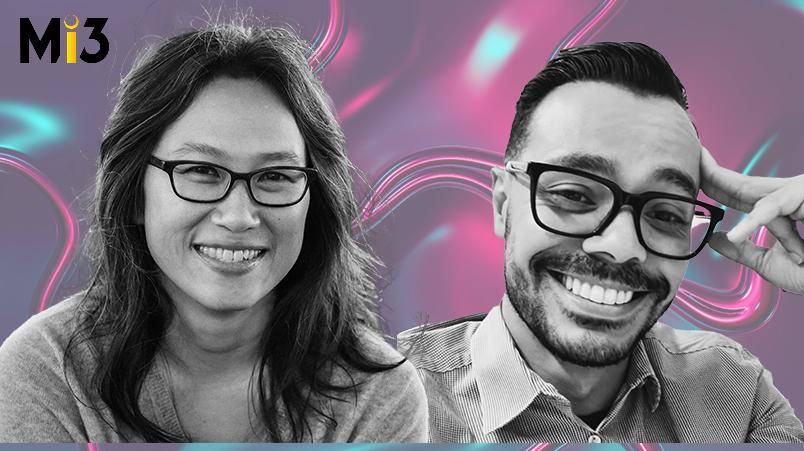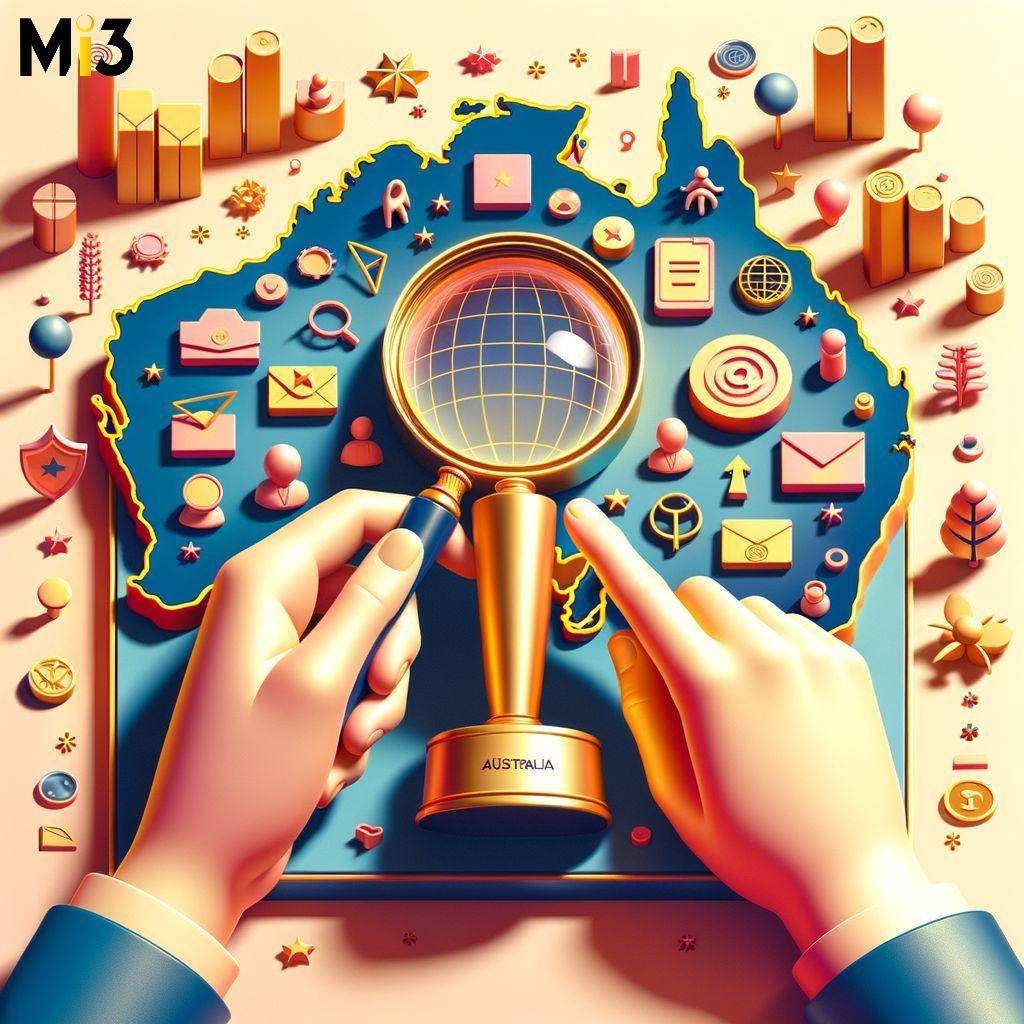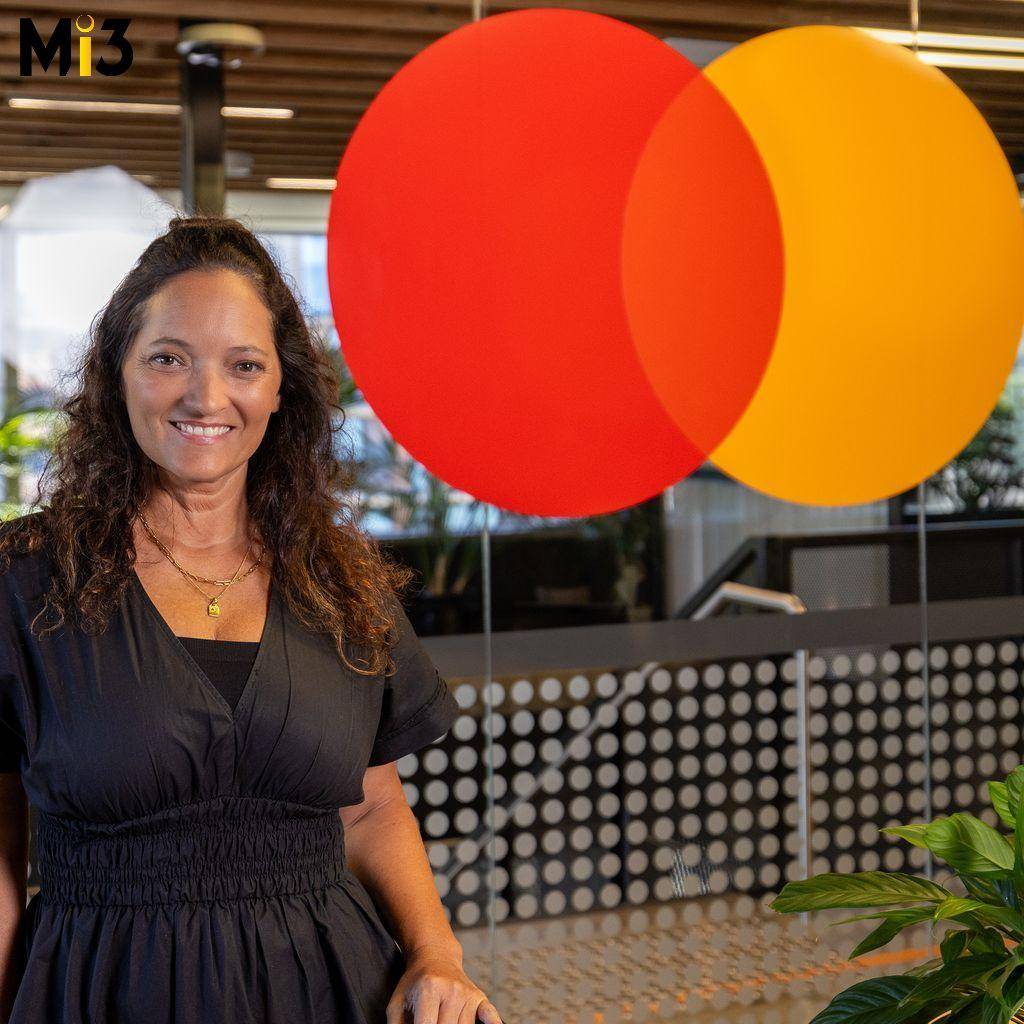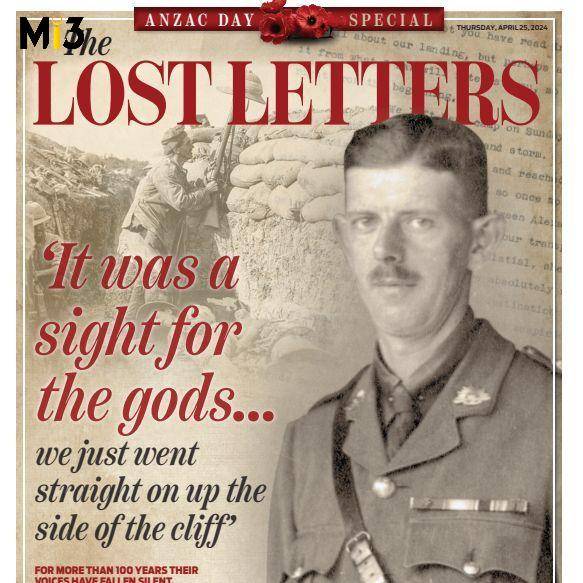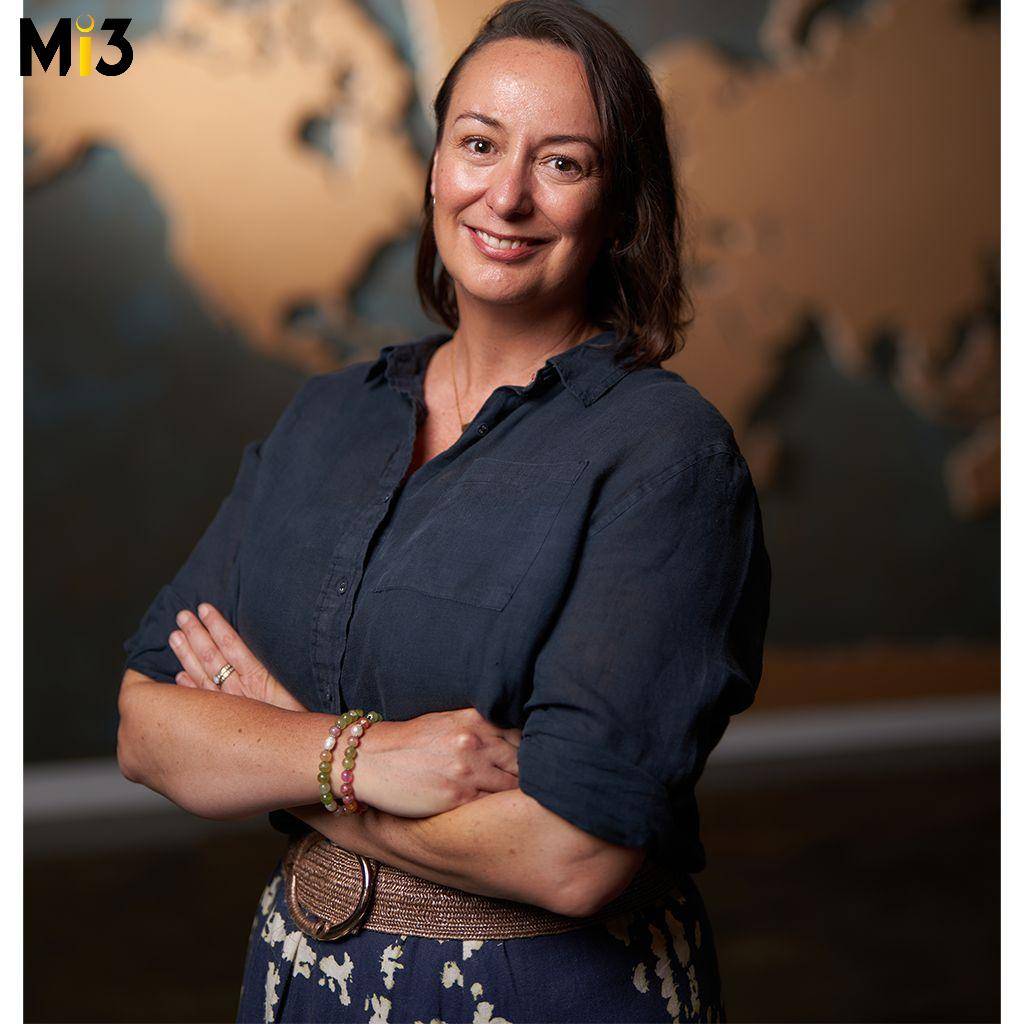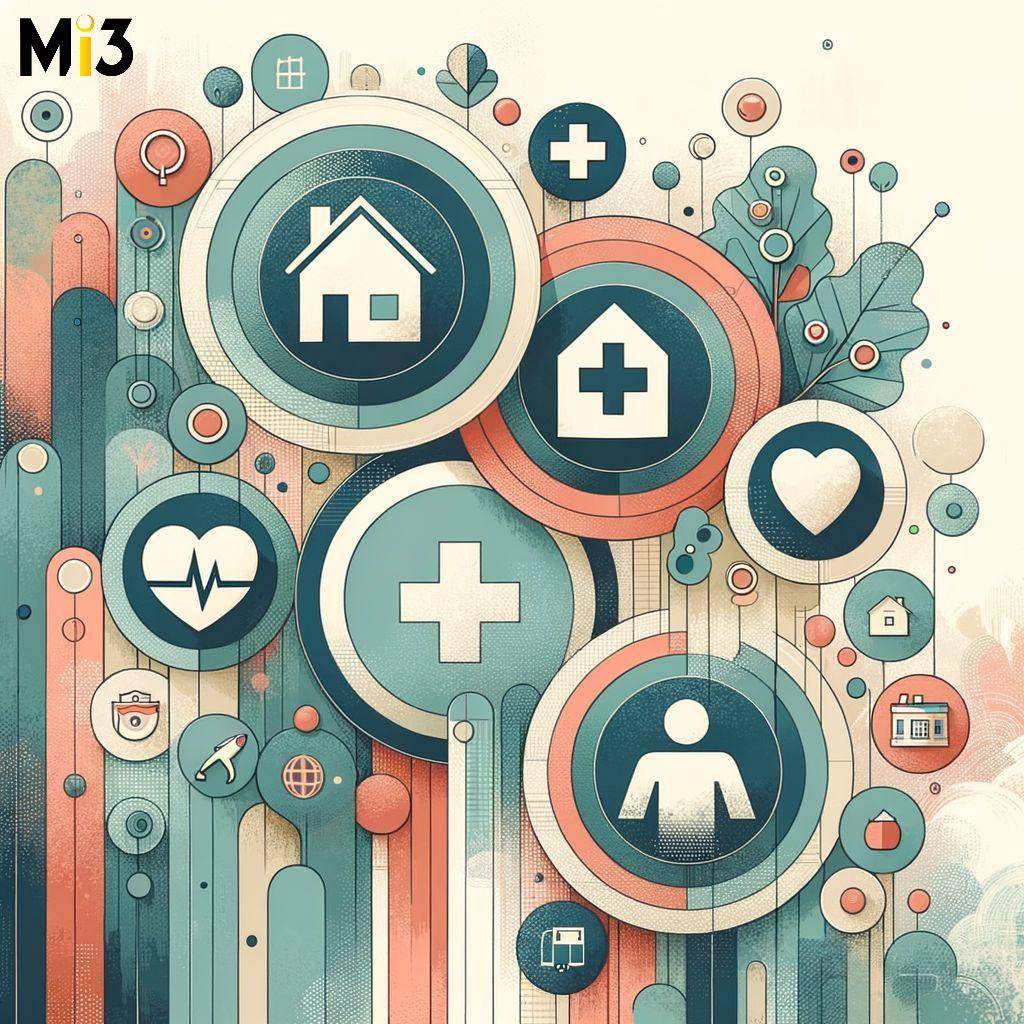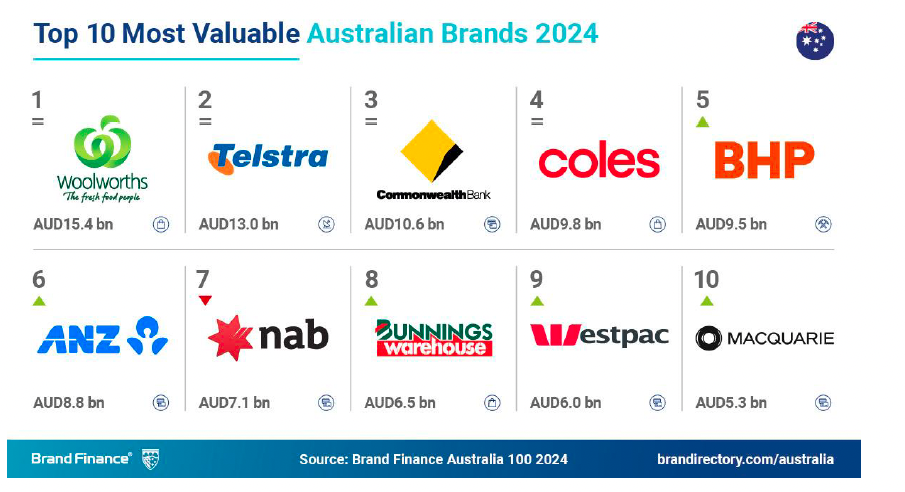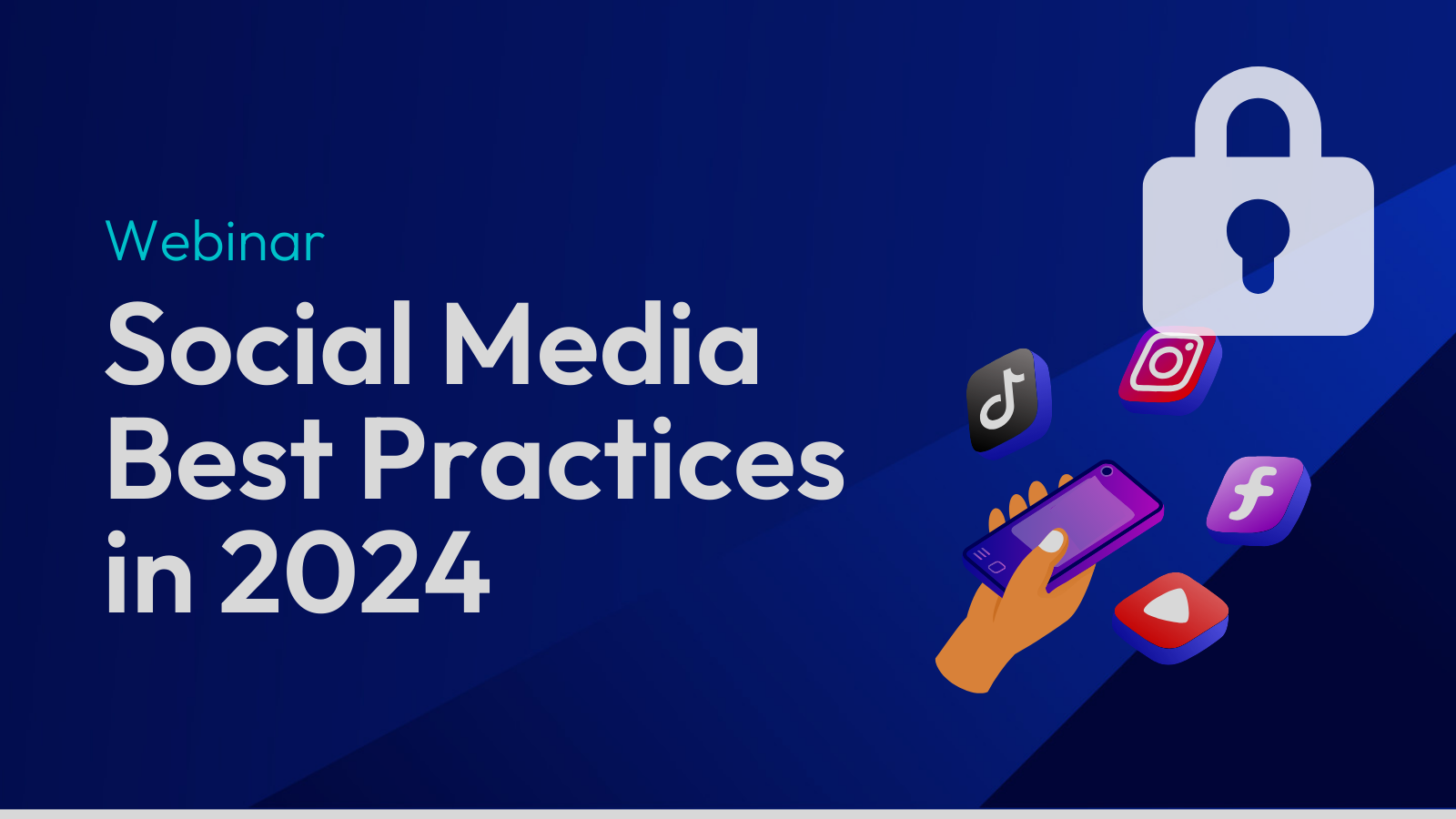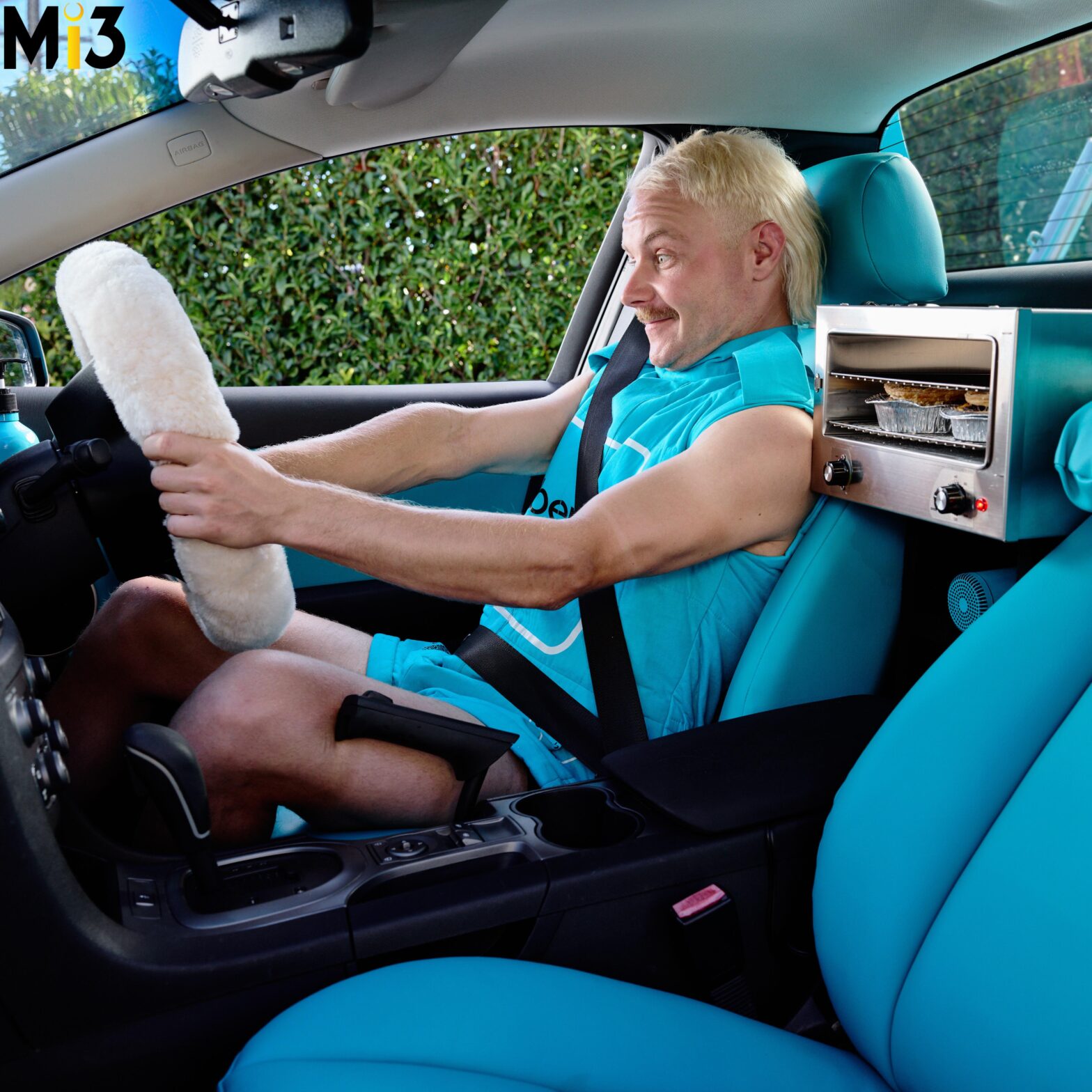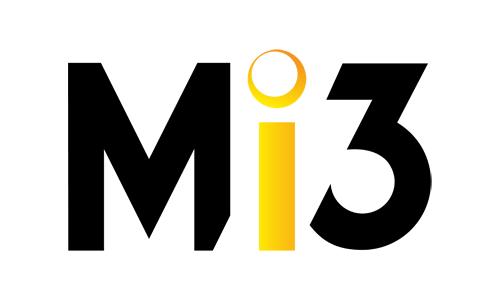 News
News
 More News
More News
The battle to get past last-touch attribution: Michael Kors ..
Despite great in-house analytics capabilities and the will to bring insight to marketing planning, channel optimisation and reporting, designer retail bran...
Insights Exchange sheds light on top concerns of Australian ..
New data from Insights Exchange, a leading authority in Australian demography, has revealed the top concerns affecting Australian consumer behaviours. The data,...
Mastercard appoints Florencia Aimo to lead integrated market..
Mastercard has announced the appointment of Florencia Aimo as Vice President, Integrated Marketing and Communications, Australia. In her new role, Aimo will lea...
News Corp to publish ‘The Lost Letters’ from Aus..
News Corp Australia's state and regional mastheads will publish 'The Lost Letters' to commemorate Anzac Day on Thursday, April 25, bringing to life the words of...
Intrepid Travel appoints Yvette Thompson as general manager ..
Intrepid Travel, a B Corp-certified leader in responsible travel, has promoted Yvette Thompson into the newly created role of General Manager Sales and Marketin...
Australians rank education low in Federal Budget priorities,..
A fresh study by Forethought has revealed only 3.3% of Australians rank education as a top priority for the Federal budget, and that education is falling well b...
Unilever’s CEO outlines urgent actions and reallocatio..
Unilever CEO, Hein Schumacher, sees a third era in the FMCG's sustainability approach emerging driven by more urgent actions and reallocation of resources aroun...
Retail media meets ‘mobility media’: Uber ads global chi..
Uber's ads business is starting to scale and its New York-based boss Michael Akkerman says Australia – one of its best performing markets, with a rapidly grow...



